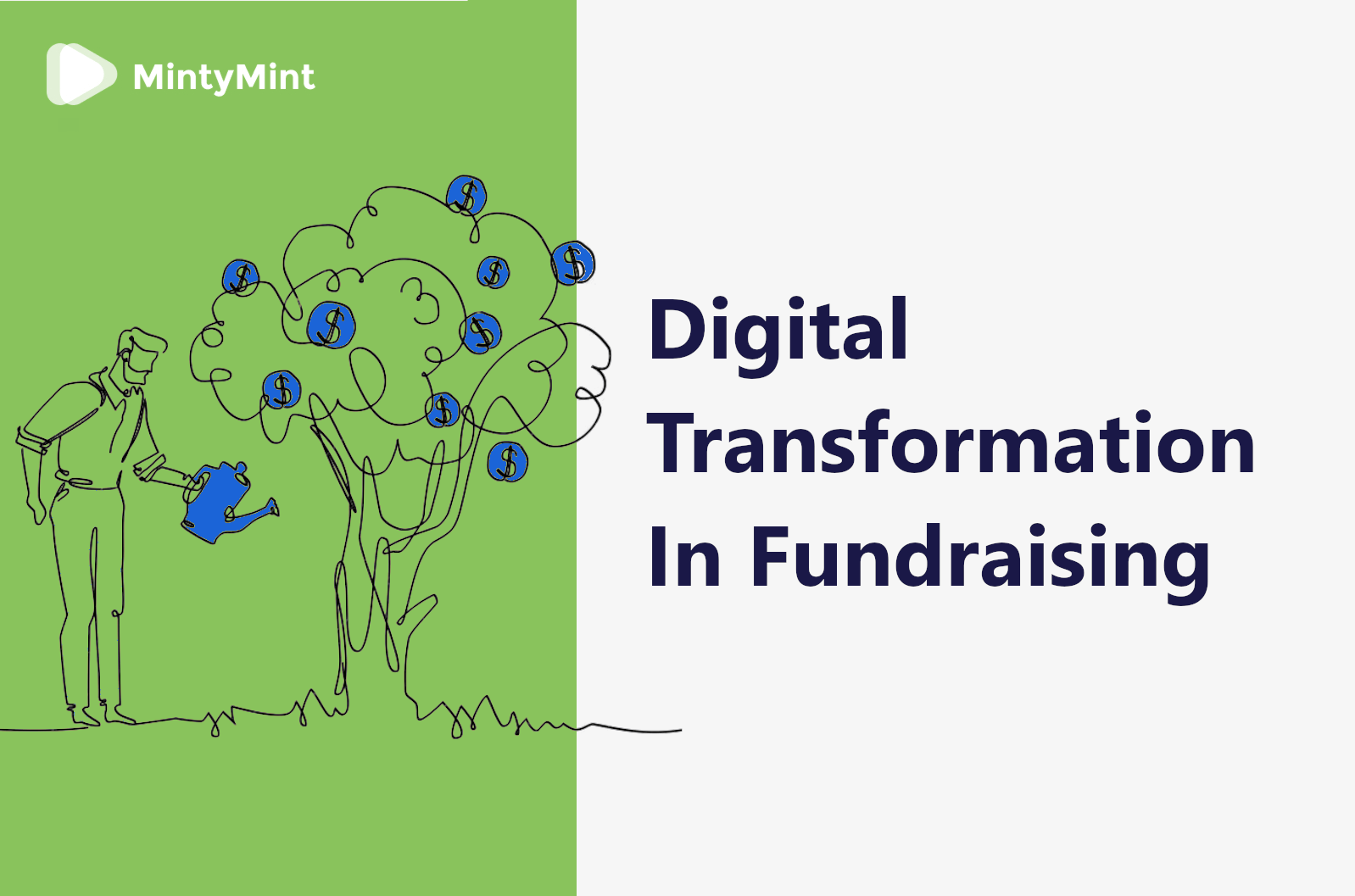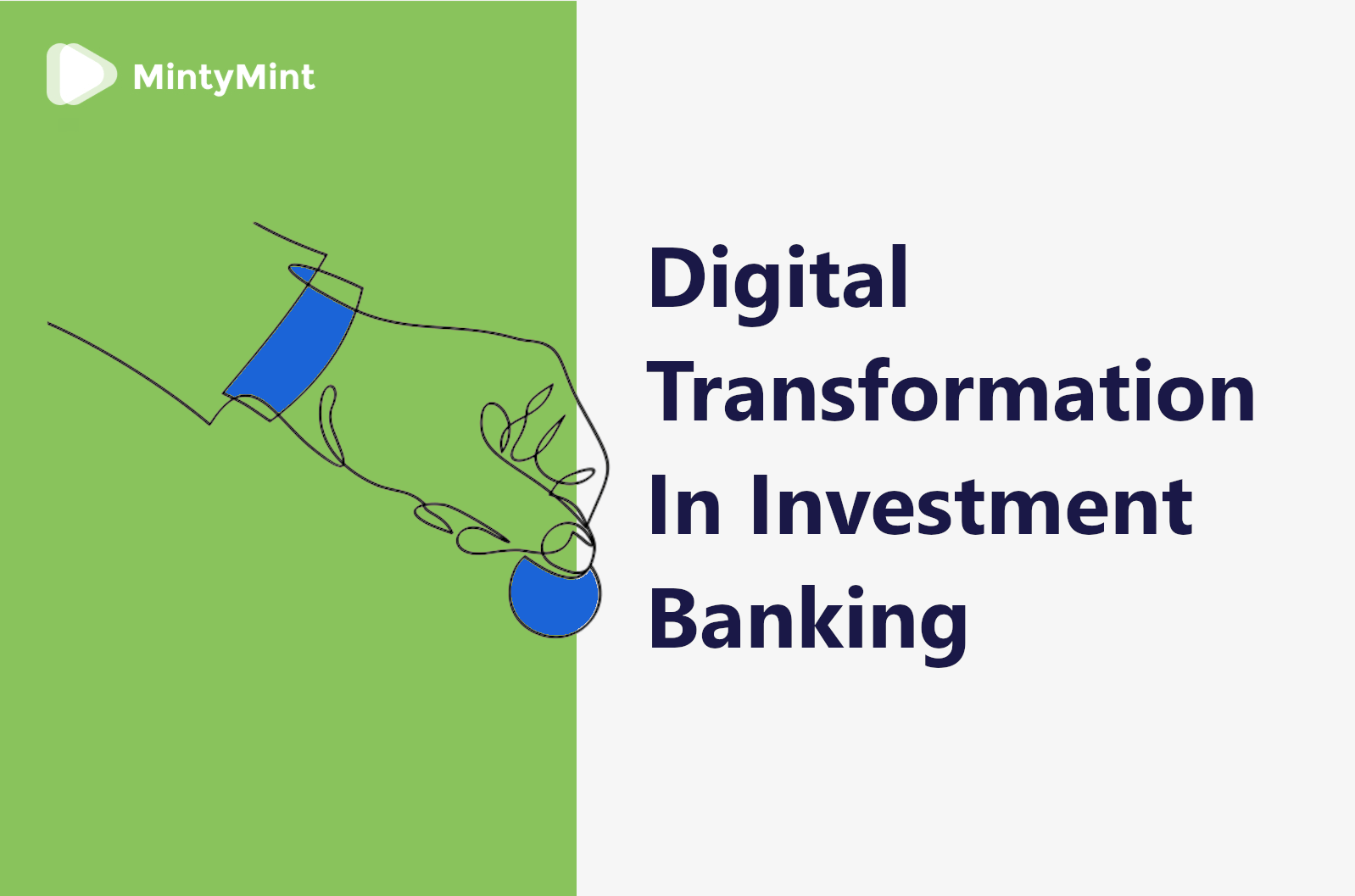Keeping up with the competition and making consumers satisfied with your digital product in 2021 requires maintaining its program component at the highest level of quality standards.
One of the ways of achieving this is by frequently revising and improving your code. In this regard, there are two main approaches to keeping the software tight – refactoring and reengineering.
Today, let’s take a closer look at these two practices, explore their differences and discover the main benefits updating your software has for the business.
As usually, starting with the definitions first…
What is software refactoring and reengineering?
Essentially, both refactoring and reengineering aim at rewriting existing computer code to improve the internal design, structure, and/or implementation of the software, while preserving its external functionality.
Refactoring describes changing bits and pieces of software while keeping the core of a program mostly untouched. Meanwhile, reengineering implies making fundamental changes to a program’s structure and design – whether adapting the software to a new hardware platform, changing its programming language, or shifting it to a new dialect.
Like that, there are three main types of software reengineering practices. Those are:
- Porting – when a program is adjusted to operate on different hardware.
- Translation – when the code is translated from an old (legacy) language to a new (modern) one.
- and Migration – when the code is shifted to a new dialect of a language without changing its intrinsic nature.
In essence, the two practices in question often overlap as all reengineering consists of a series of refactoring initiatives.
To provide a real-life example for reference, let’s compare it with fixing an old car. One way is to only fix the parts that have worn out, so it represents virtually the same car inside and out, with just some fresh details. That would be refactoring. Or, you can strip the car down and replace its engine, suspension, transmission, etc., or even make it gas-powered. That’s reengineering.
You choose the best option depending on your setup, resources, and needs. At that, it should be noted that just like with the car, reengineering will often take a lot more time.
Now that we’ve got it clear about the nature of software redesign, let’s move on to its key advantages from a business perspective.
Benefits of software refactoring and reengineering
Dealing with the legacy code is perhaps the developers’ second least favorite activity (right after jumping off a bridge). It is also the most common cause of spilling coffee over the keyboard in rage.
So, why do it in the first place?
It turns out there are three rather convincing reasons for a business to consider rewriting their product’s code. Let’s look into each in particular:
Long-term Profit
The first thing to think about when considering any business initiative is its monetary value. Although rebuilding software implies immediate spendings, the long-term return on investments from updating a digital product will cover it tenfold in the majority of cases.
Just within the US, various software failures have cost businesses a whopping $1.7T back in 2017 with the figure growing by over 60% in a year. That’s definitely one piece of statistics to consider if your company’s budget is anywhere among the main concerns.
And even if there are no code-related issues affecting your business directly right now, a proactive approach will definitely save a good buck on resolving those issues in the future. It’s well known that it is a lot easier to prevent sickness than to cure it. So, redesigning a website or an app is definitely a forward-thinking decision to make.
Product Quality
IT technology does not stand still, and applying new software development methods or polishing the existing code will always have a positive effect on its performance. So, quality is another major point to factor in when considering adjusting or rebuilding a digital product.
How old is your platform? Perhaps it’s worthwhile to shift the servers to the cloud for better flexibility or to scale up. Maybe it’s time to change a part of your tech stack for newer technology. Or quite possibly, it’s a good idea to rewrite the entire program in a different coding language.
Whatever it is, properly redesigning your software will improve how it works, looks, and feels, which the end-users will definitely enjoy and value big time.
Safety and Security
The older a piece of software gets, the more likely it is to suffer troubles operating within a modern environment. From integration and maintenance to update – it surely won’t hurt to keep up with the latest tech trends and ensure that nothing goes wrong when least expected.
In fact, refactoring bits and pieces of your code may help you to avoid the need of re-engineering the entire product as time passes, which may be a lot more costly and time-consuming.
Gradually modifying software also reduces the risks of losing valuable business data or stalling the product, so you can update a website or an app without worries in a safe and secure way.
When to consider product update
Now, all of the above sounds promising and great. But how does one tell if a digital product is in urgent need of an update or revision?
In this regard, there are a few red flags to consider, too.
Functionality
The first and foremost hint suggesting you need to consider refactoring or reengineering comes after answering the following question:
Does the product you’re using fulfill all of the functions it was designed to and are the users fully satisfied with its functionality?
If everything is up and running and users are happy, then there is probably no need to bother with software redesign, at least no urgent need. You may still consider the long-term benefits of updating the software, and ask your IT team to scan the product for potential bottlenecks and issues. But bear in mind the “don’t fix what isn’t broken” philosophy and try to focus on the urgent and essential.
Performance
Is your app or website working quickly and smoothly enough?
If so, good news! But if it’s not, you don’t want to waste your users’ time keeping the outdated products around and “beating the old horse”. Invest some of your time and resources into reengineering or refactor the bottlenecks of the software, and you’ll see that you return a lot more once the users notice improvements.
Bugs
If bugs and errors are popping up quicker than your team is able to fix them, it is definitely a sign to look at the code structure behind your digital product and change it.
In fact, nothing spoils the user experience and perception of a business bigger than product bugs, so it’s better not to ignore the issue if there are any, even minor ones.
Platform Change
Last but not least, you may want to consider rebuilding your software when shifting to new hardware or software environments.
As already mentioned, maybe it’s time to move to the cloud or shift your product to a new coding language altogether. Talk to your IT team and discuss the need to change the basics and potential benefits.
Final word
All in all, redesigning your app or website is an important topic to look at frequently, with a lot of potential in it.
Whether refactoring a part of the code or reengineering the entire product, it is worthwhile to think everything through, compare the pros and cons, and evaluate potential issues. If done properly and at the right time, updating your software will definitely be a change for the better for both you and your service consumers.
Want to learn more about software restructuring? Feel free to contact us and we’ll answer all your questions!



















